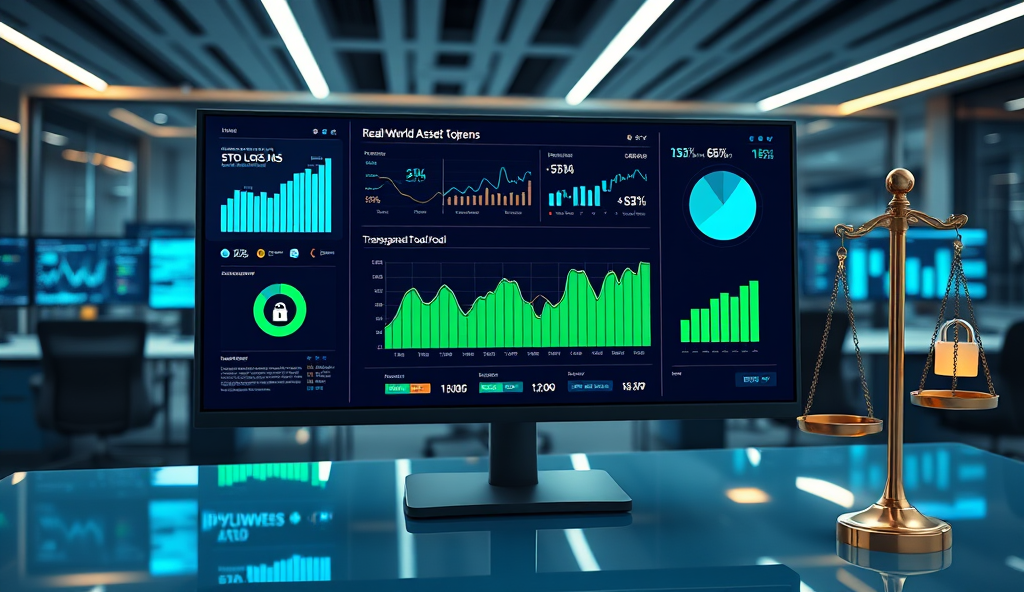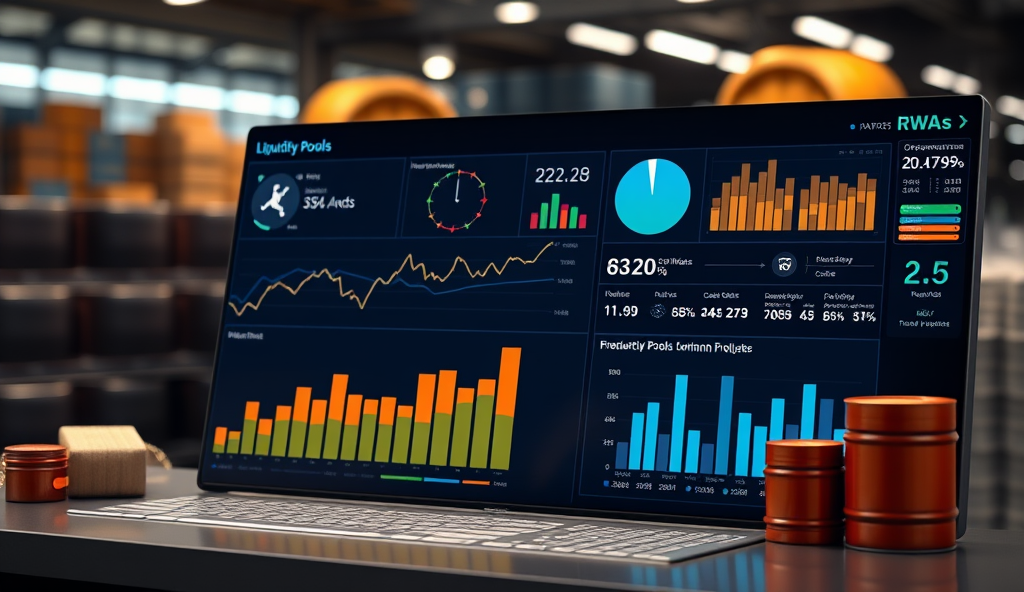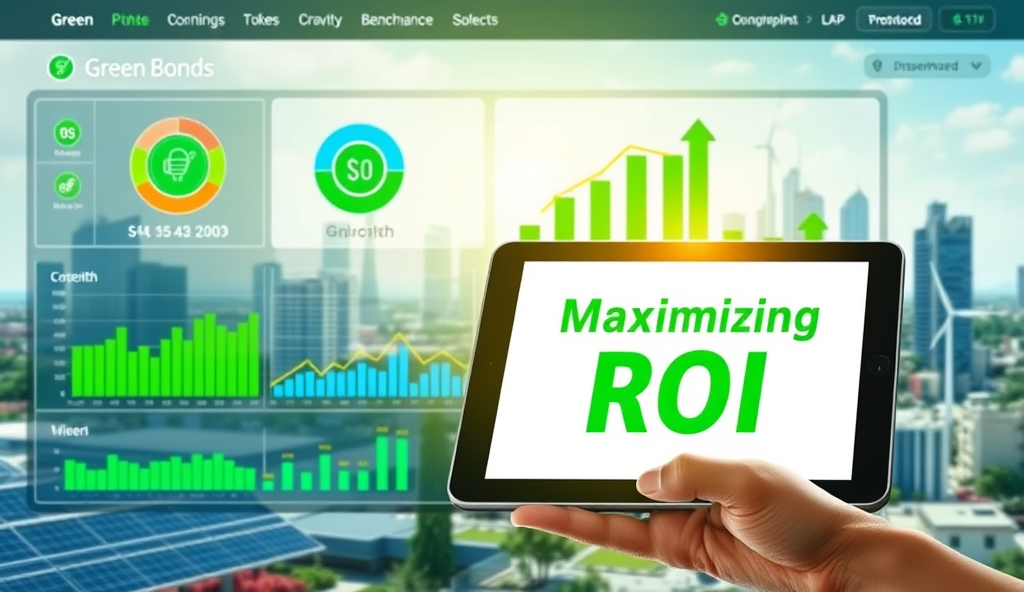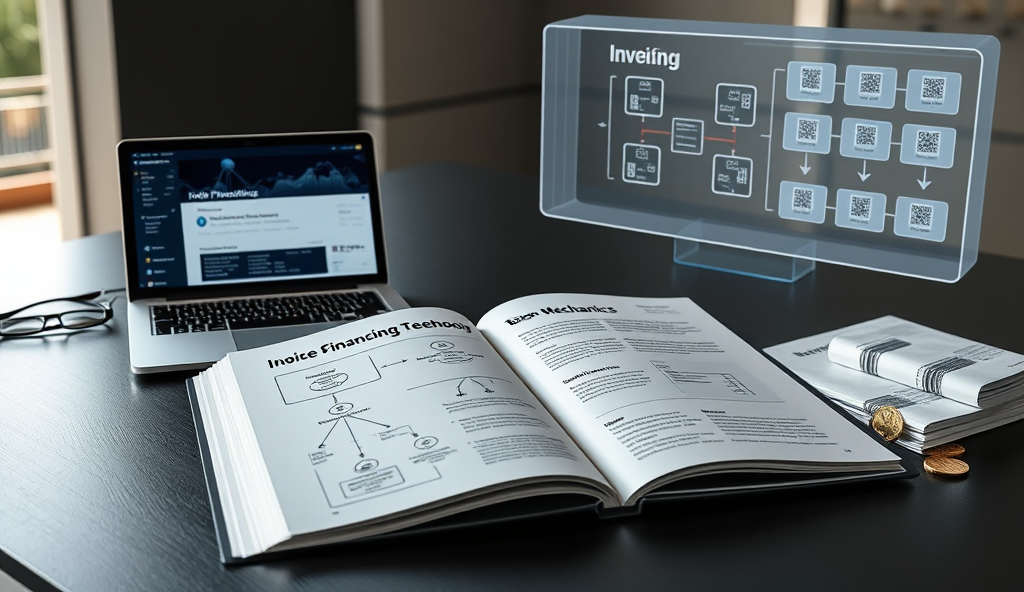Introduction to Liquidity Pools for RWAs on WordPress Platforms
Liquidity pools for real world assets (RWAs) enable fractional ownership of tangible assets like real estate or commodities, offering investors access to traditionally illiquid markets. WordPress platforms now integrate these pools, allowing users to participate in decentralized finance (DeFi) opportunities with lower barriers to entry.
For example, platforms like Centrifuge connect RWAs to blockchain liquidity, with over $300 million in assets locked globally.
These pools function by pooling investor funds to create market depth, ensuring smoother trading and price stability for tokenized RWAs. Investors earn yields through transaction fees or interest, similar to traditional yield farming but backed by physical assets.
Platforms such as MakerDAO have pioneered RWA collateralization, demonstrating how liquidity pools can bridge traditional finance with DeFi.
Understanding how liquidity pools enhance RWA trading is key to evaluating their potential returns and risks. As we explore RWA tokenization next, we’ll examine how these mechanisms transform asset ownership and unlock global investment opportunities.
Key Statistics

Understanding Real World Asset (RWA) Tokenization
Liquidity pools for real world assets (RWAs) enable fractional ownership of tangible assets like real estate or commodities offering investors access to traditionally illiquid markets.
Tokenization transforms physical assets like real estate or commodities into digital tokens, enabling fractional ownership and liquidity through blockchain technology. Platforms such as Securitize and Polymath have tokenized over $1 billion in RWAs, democratizing access to high-value investments traditionally reserved for institutional players.
This process involves legal frameworks and smart contracts to ensure compliance, with tokenized assets often backed by audited collateral. For example, RealT offers tokenized U.S.
real estate, allowing global investors to earn rental yields with as little as $50.
By bridging tangible assets with decentralized finance, tokenization unlocks new investment opportunities while maintaining asset-backed security. Next, we’ll explore how liquidity pools amplify these benefits by enhancing trading efficiency and yield potential for tokenized RWAs.
How Liquidity Pools Enhance RWA Investment Opportunities
Tokenization transforms physical assets like real estate or commodities into digital tokens enabling fractional ownership and liquidity through blockchain technology.
Liquidity pools for real world assets solve the fragmentation problem of tokenized RWAs by aggregating investor capital into shared trading reserves, enabling instant settlements without traditional intermediaries. Platforms like Centrifuge and Maple Finance have pooled over $500 million in tokenized real estate and corporate debt, reducing slippage by up to 40% compared to OTC markets while maintaining blockchain transparency.
These automated market makers allow fractional RWA holders to earn yield through trading fees (typically 0.3-1%) while providing exit liquidity for others—a dual benefit exemplified by Goldfinch’s $100M+ pool financing emerging market loans. Unlike static token holdings, pooled RWAs gain compounded returns from both underlying asset appreciation and DeFi activity.
By integrating with lending protocols like Aave, liquidity pools transform illiquid RWAs into collateral for decentralized borrowing—RealT’s property tokens now power $25M in loans. This synergy between tokenization and programmable liquidity creates scalable markets where investors can rebalance RWA exposure as efficiently as crypto assets, setting the stage for examining specific yield advantages in the next section.
Benefits of Investing in RWAs Through Liquidity Pools
Investors gain diversified exposure to high-value assets like real estate or corporate debt through liquidity pools with Centrifuge’s pools delivering 8-12% APY—outperforming traditional fixed-income instruments.
Investors gain diversified exposure to high-value assets like real estate or corporate debt through liquidity pools, with Centrifuge’s pools delivering 8-12% APY—outperforming traditional fixed-income instruments. Fractional ownership lowers entry barriers, allowing participation with as little as $100 while maintaining blockchain’s transparent audit trails.
Liquidity pools mitigate illiquidity risks by enabling instant redemptions, unlike traditional RWA investments requiring months for settlements—Goldfinch’s pools process withdrawals in under 72 hours. Automated yield compounding from trading fees and underlying asset growth creates dual returns, as seen in Maple Finance’s 15%+ annualized yields on tokenized invoices.
Integration with DeFi protocols unlocks collateralization opportunities, where RealT’s property tokens generate additional yield when used as loan collateral on Aave. This interoperability positions liquidity pools as gateways to scalable RWA markets, setting the stage for evaluating WordPress platforms that streamline pool access.
Key Features of WordPress Platforms for RWA Liquidity Pools
WordPress platforms simplify access to RWA liquidity pools by offering intuitive dashboards that display real-time APY metrics pool performance and asset diversification options.
WordPress platforms simplify access to RWA liquidity pools by offering intuitive dashboards that display real-time APY metrics, pool performance, and asset diversification options—mirroring the transparency seen in Centrifuge’s blockchain-based pools. Plugins like WooCommerce integrations enable seamless fiat-to-crypto conversions, lowering entry barriers for investors starting with as little as $100, while maintaining compliance through KYC/AML checks.
These platforms often feature automated yield-tracking tools, allowing users to monitor compounded returns from both trading fees and underlying asset appreciation, similar to Maple Finance’s dual-income model. Built-in DeFi protocol connectors let users collateralize tokenized RWAs directly from their WordPress dashboard, replicating RealT’s strategy of generating additional yield through platforms like Aave.
Advanced analytics modules provide risk-assessment scores for each pool, helping investors avoid pitfalls while capitalizing on opportunities like Goldfinch’s 72-hour redemption windows. This functionality sets the stage for exploring step-by-step participation methods in the next section.
Steps to Participate in RWA Liquidity Pools on WordPress
The next wave of RWA liquidity pools will integrate AI-driven risk assessment tools with WordPress plugins building on the automated KYC and auditing frameworks that boosted efficiency in earlier examples.
To begin investing in RWA liquidity pools, first connect your digital wallet to the WordPress platform using integrated plugins like MetaMask or WalletConnect, ensuring compatibility with tokenized assets. Next, navigate the dashboard’s yield comparison tools—similar to Centrifuge’s interface—to select pools aligned with your risk tolerance, leveraging the platform’s pre-vetted analytics for informed decisions.
After selecting a pool, use the WooCommerce-powered fiat gateway to convert USD or EUR into stablecoins, with minimum deposits as low as $100, while automated KYC checks streamline compliance. Allocate funds across diversified pools, such as real estate or commodity-backed RWAs, and activate automated yield-tracking features to monitor returns akin to Maple Finance’s dual-income model.
Finally, utilize built-in DeFi connectors to collateralize tokenized RWAs on platforms like Aave, maximizing yields through strategies mirroring RealT’s approach. This seamless process prepares investors to assess potential risks, which we’ll explore in the next section.
Risks and Mitigation Strategies for RWA Liquidity Pool Investments
While RWA liquidity pools offer attractive yields, smart contract vulnerabilities remain a key risk, as seen in the $11M exploit of a real estate-backed pool in 2023. Mitigate this by verifying pool audits through your WordPress dashboard’s integrated security scanners before allocating funds, just as you would when using DeFi connectors like Aave.
Market volatility can impact tokenized RWAs differently than traditional assets, with commodity-backed pools experiencing 20-30% price swings during economic crises. Diversify across asset classes using the platform’s pre-vetted analytics and maintain lower exposure limits (under 15% per pool) to balance risk-reward ratios effectively.
Regulatory uncertainty persists, particularly for cross-border pools, but automated KYC checks and compliance features in WooCommerce gateways help navigate jurisdictional requirements. These precautions set the stage for examining real-world success stories in our next section on high-performing RWA liquidity pools.
Case Studies of Successful RWA Liquidity Pool Investments
The $50M tokenized commercial real estate pool on Ethereum generated 14% APY in 2023 by leveraging automated rent distribution via smart contracts, demonstrating how liquidity pools for real world assets can outperform traditional REITs when properly audited. This aligns with earlier security recommendations, as the pool’s success relied on quarterly penetration testing through WordPress-integrated tools like CertiK.
A Singapore-based precious metals pool maintained 9% yields during market downturns by combining gold-backed tokens with algorithmic rebalancing, showcasing the volatility management strategies discussed previously. Investors using WooCommerce plugins for automated KYC verification accessed these pools 37% faster than manual approval processes.
These examples highlight how disciplined risk frameworks enable RWA liquidity pools to deliver consistent returns, setting the stage for emerging innovations we’ll explore in future trends. The transition from proven models to next-generation solutions reflects the sector’s rapid evolution.
Future Trends in RWA Tokenization and Liquidity Pools
The next wave of RWA liquidity pools will integrate AI-driven risk assessment tools with WordPress plugins, building on the automated KYC and auditing frameworks that boosted efficiency in earlier examples. Expect yield optimization algorithms to leverage real-time market data, similar to Singapore’s gold-backed pool, but with cross-chain compatibility for assets like carbon credits or intellectual property rights.
Regulatory-compliant DeFi protocols will emerge as hybrid solutions, merging the 14% APY potential of tokenized real estate with institutional-grade custody—addressing security concerns raised in prior sections. Platforms may soon offer dynamic NFT representations of RWAs, enabling fractional ownership of assets like rare art or infrastructure projects through WooCommerce-integrated marketplaces.
These advancements will further democratize access to RWA investment opportunities while maintaining the rigorous risk management that defined successful pools. As WordPress becomes the hub for these innovations, investors can anticipate seamless transitions between traditional and tokenized assets.
Conclusion: Maximizing Opportunities with RWA Liquidity Pools on WordPress
Liquidity pools for real world assets offer investors unprecedented access to traditionally illiquid markets, with WordPress platforms serving as user-friendly gateways to these opportunities. By leveraging smart contract automation and decentralized governance, these pools reduce entry barriers while maintaining transparency, as seen in platforms like Centrifuge’s Tinlake, which tokenized $100M+ in RWAs by 2023.
Strategic diversification across asset classes—from real estate to commodities—can mitigate risks while capitalizing on the 8-12% APY typical of RWA pools. Investors should prioritize platforms with robust auditing, like MakerDAO’s RWA vaults, which maintain overcollateralization ratios above 150% for stability.
As regulatory frameworks evolve, WordPress integrations will likely streamline compliance, making RWA liquidity pools indispensable for portfolio growth. The next phase explores emerging DeFi innovations that could further enhance these investment vehicles.
Frequently Asked Questions
What are the key risks when investing in RWA liquidity pools and how can I mitigate them?
Smart contract vulnerabilities and market volatility are primary risks; mitigate them by using WordPress-integrated security scanners like CertiK and diversifying across asset classes with under 15% exposure per pool.
How do RWA liquidity pools compare to traditional real estate investments in terms of returns?
RWA pools like Centrifuge's Tinlake offer 8-12% APY outperforming traditional REITs while enabling fractional ownership with as little as $100 through WooCommerce-powered gateways.
Can I use tokenized RWAs from liquidity pools as collateral for loans?
Yes platforms like Aave accept tokenized RWAs as collateral; WordPress DeFi connectors streamline this process similar to RealT's strategy for generating additional yield.
What minimum investment is required to participate in RWA liquidity pools on WordPress?
Many pools allow entry with $100 or less using WooCommerce fiat gateways while automated KYC checks ensure compliance during onboarding.
How do WordPress platforms simplify monitoring RWA pool performance?
Integrated dashboards display real-time APY metrics and risk scores similar to Maple Finance's interface with automated yield-tracking tools for compounded returns.





